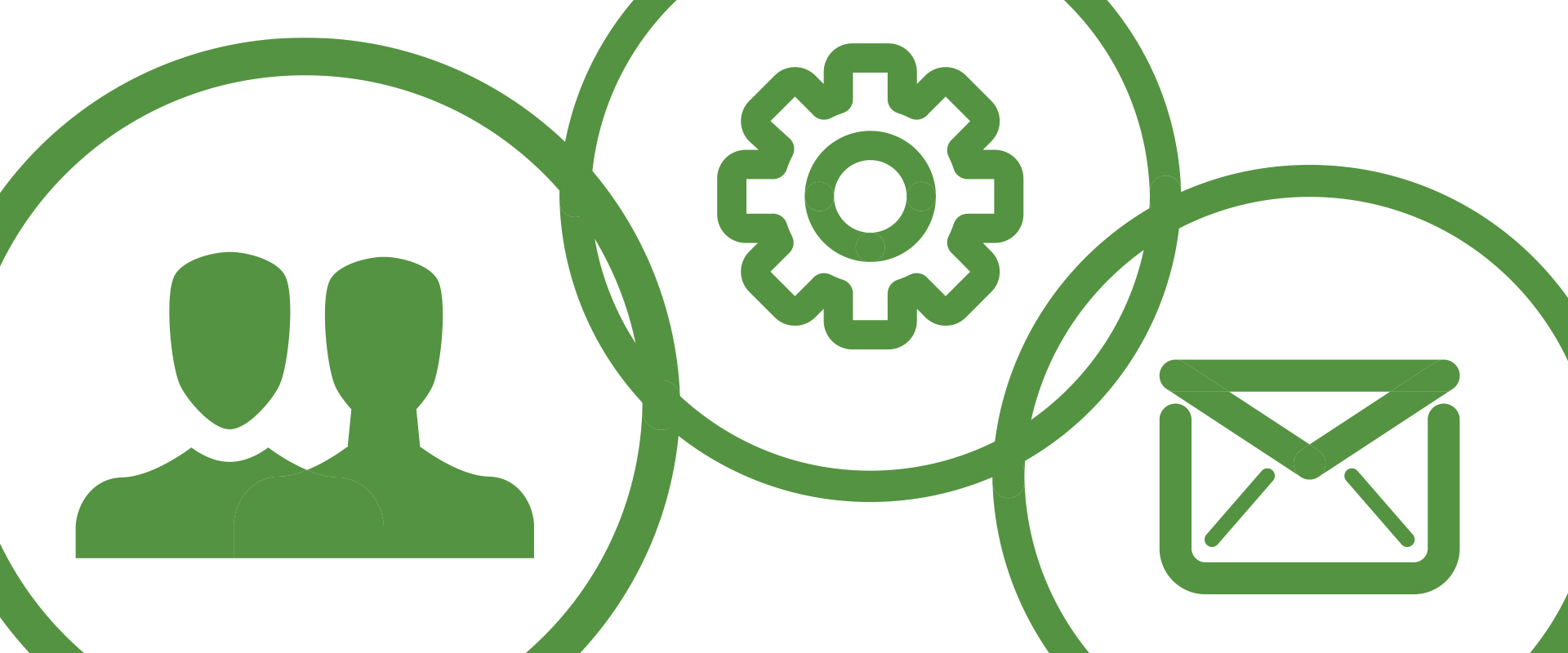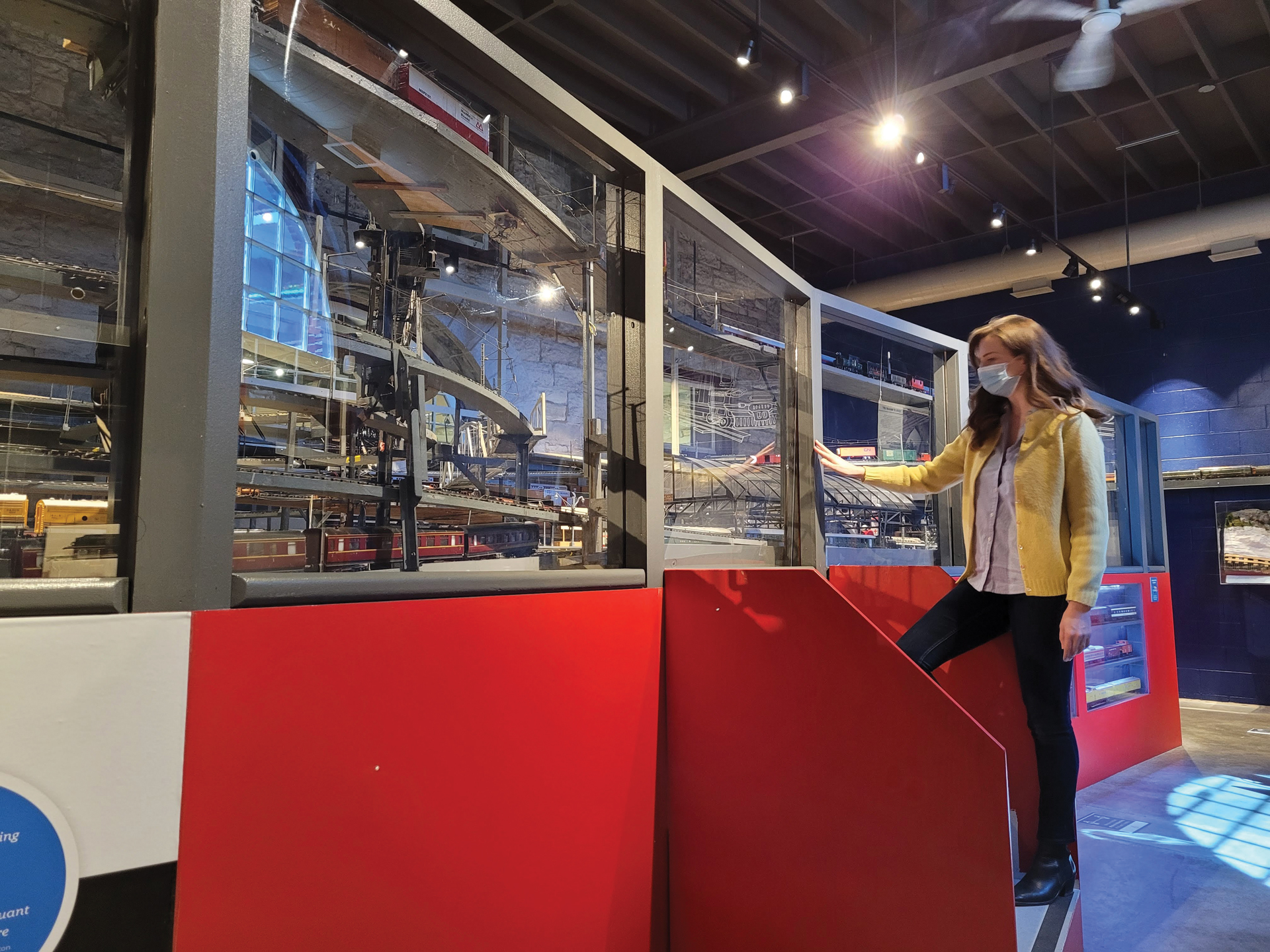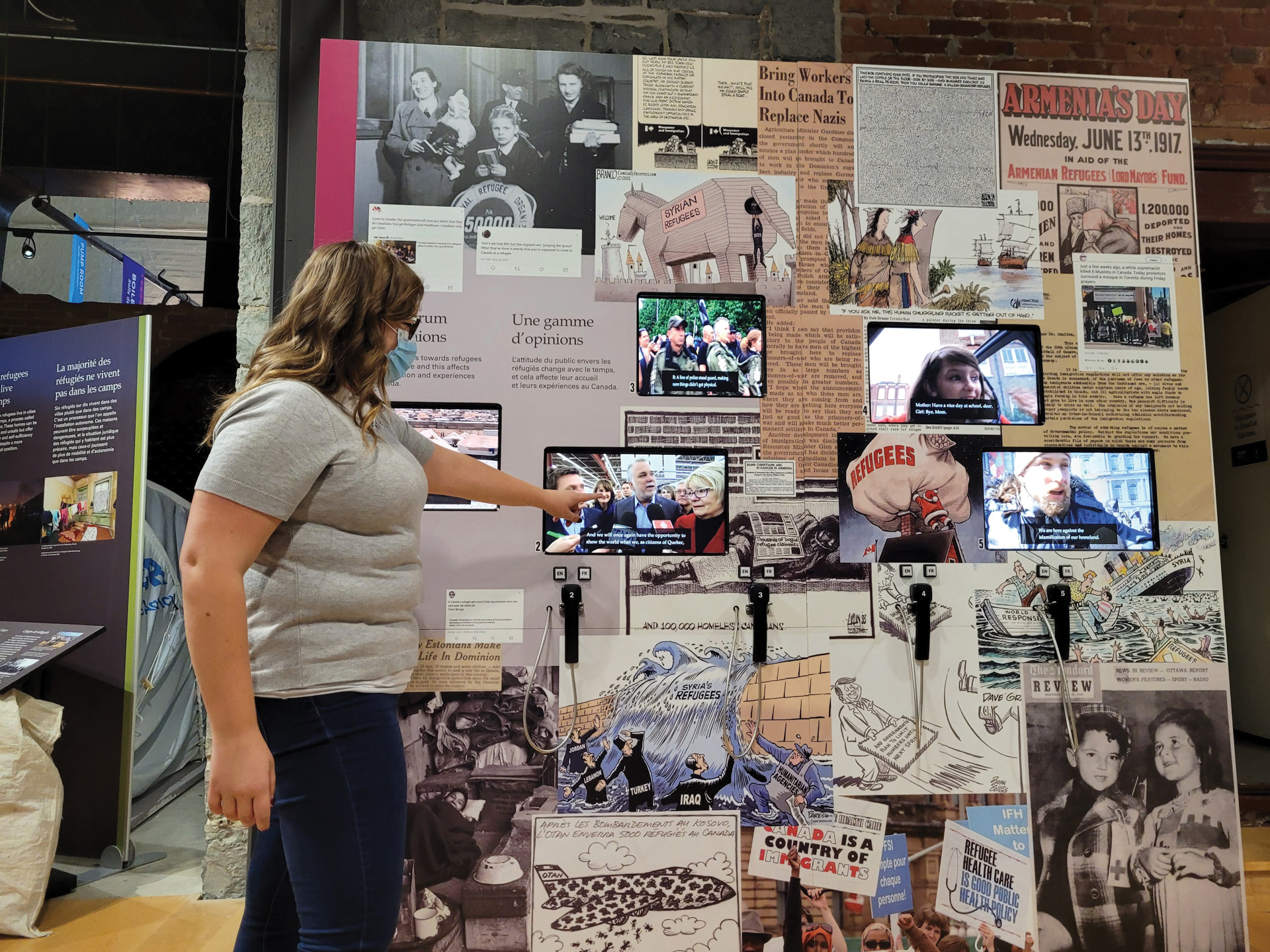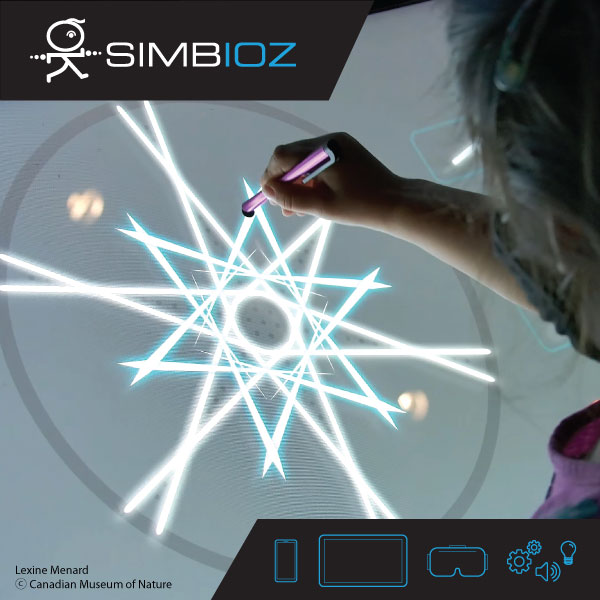The Basics of Building Your Peer Network
Madeline Smolarz

From emerging professional to recently retired, the benefits of a diverse and supportive peer network are numerous. Everyone has valuable guidance to share, questions that need answers, a need for supportive feedback and a safe space to think through our complex thoughts. Building a peer network that is diverse in perspective, experience, age and more is essential to maintaining confidence and obtaining important insight from experience outside your own.
The Search
Seeking new peer relationships is an opportunity to lay the groundwork of what you want to achieve through the process. Start by looking for connections related to your education, career, current affiliated organization(s), and community. How can you build relationships and participate more in your existing commitments and community spaces? This will you give you something in common with new connections, inform your first conversation, and demonstrate honest interest.
You could also build a new connection based on a new interest you’re developing. Is there something you’ve read recently that you don’t fully understand or has piqued your interest? Consider reaching out to someone knowledgeable via email or on social media with a few short questions or an invitation to connect.
Finally, don’t disregard connections you may have already. It’s almost never too late to reach out to someone by email or on LinkedIn with a friendly note. We all have busy, stressful lives. Most people understand that a delay or break in communication isn’t personal, so reach out!
Keep in Touch
It’s always a good idea to keep a few important pieces of information and tools at your fingertips when making new connections:
For in person meetings: your business card will allow people to get in touch with you later efficiently.
For digital meetings: Your personal website or LinkedIn profile URL will allow people to find you online later easily.
For any meeting: writing materials (blank paper and a pencil or pen) will allow you to jot down resources and ideas you want to explore later.
Keep Up the Conversation
For new contacts, clearly ask permission to follow up later. For example, you can ask, “If a specific question comes up, can I follow up with you?” Many people will be happy to receive a follow up note! Whether you send a LinkedIn message, an email, or leave a voicemail, saying thank you and sharing a resource or asking a lingering question is a thoughtful gesture.
Understand that a few weeks or months may pass between your conversations. In the meantime, an occasional message to check in is kind but having something of substance to share — such as an interesting article — is better.
Also, don’t be afraid to ask to meet once more when you each have a thirty-minute block of time free. The worst-case scenario is that the other person isn’t interested or available. Expressing your interest to keep up the conversation is still a kind gesture.
Conversation Starters
There are so many ways to meet new people and build relationships, but what do you talk about? Any conversation is what you make of it! In other words, the effort you put in will increase the chance of a positive response.
There are many creative ways to start a conversation with someone that will provoke deeper thought for you both. Open-ended questions work well for provoking reflection by creating space for further discussion.
To help you get started, here is a list of possible conversation prompts
- I’ve experienced [program/exhibition/interaction] at your workplace! Were you involved in producing it?
- What made you decide to pursue a career in museums?
- Is where you are now in your career where you imagined you would be at this time? Why/why not?
- What would you like to learn next?
- What is the most helpful advice you’ve received about working in museums?
- I want to achieve X. What would you recommend I do in order to achieve it?
- Do you know anyone you could connect me with?
- What are your strengths, and how have they helped you find success in the past?
- What have you read on the topic of museums recently — a book, a news article, a dissertation, a magazine — and what did you think about it?
- What has influenced you the most significantly in your career thus far?
Madeline Smolarz (she/her) (BA, MMSt) is a Museum Assistant for the City of Kingston in Ontario, Chair of the GOEMP Committee, and Administrator of EMP Canada.
Author’s Note: This article is based on a guide entitled “Making the Most of Conference Connections.” It was developed by the 2016-2019 cohort of members of the Group of Ontario Emerging Museum Professionals (GOEMP) Committee for the 2019 Ontario Museum Association Conference, which took place in Brantford, Ontario.

City of Kingston Program Coordinator Keely Maddock (she/her) points out working model trains used to discuss steam technology on view at the PumpHouse, one of her primary workplaces. Photo — Madeline Smolarz

The PumpHouse, a municipal museum located in a c. 1890 red brick Romanesque Revival building. Photo — Madeline Smolarz

City of Kingston Museum Assistant Miranda Riley (she/her) showcases the Wall of Opinions section of the travelling exhibition “Refuge Canada” created by the Canadian Museum of Immigration at Pier 21, now on view at the PumpHouse. Photo — Madeline Smolarz
